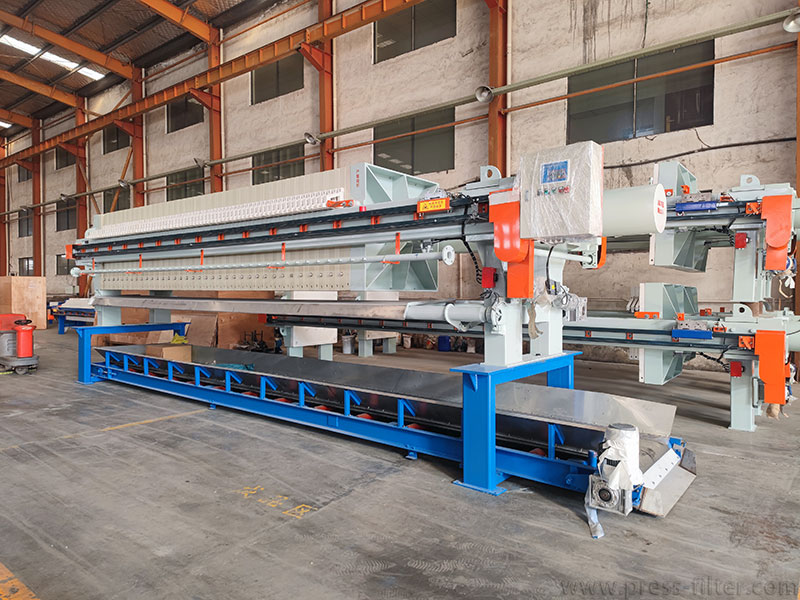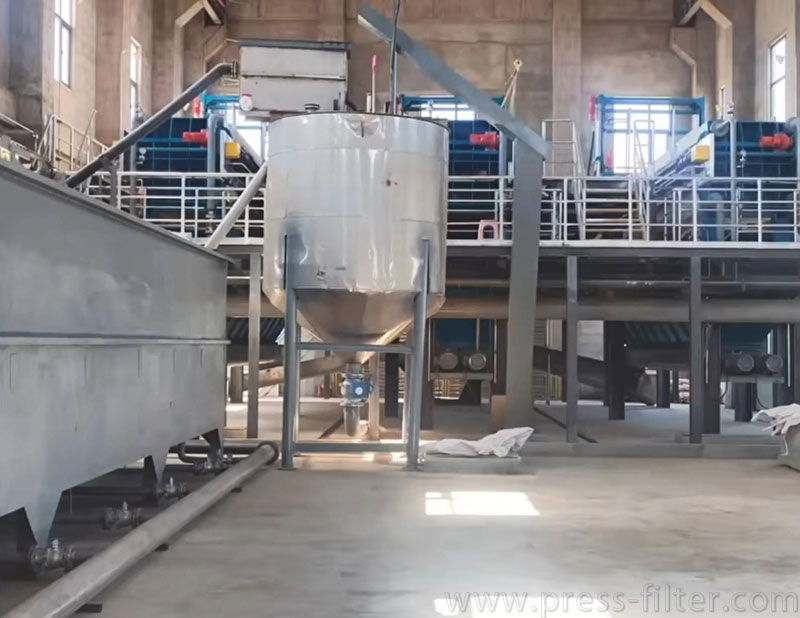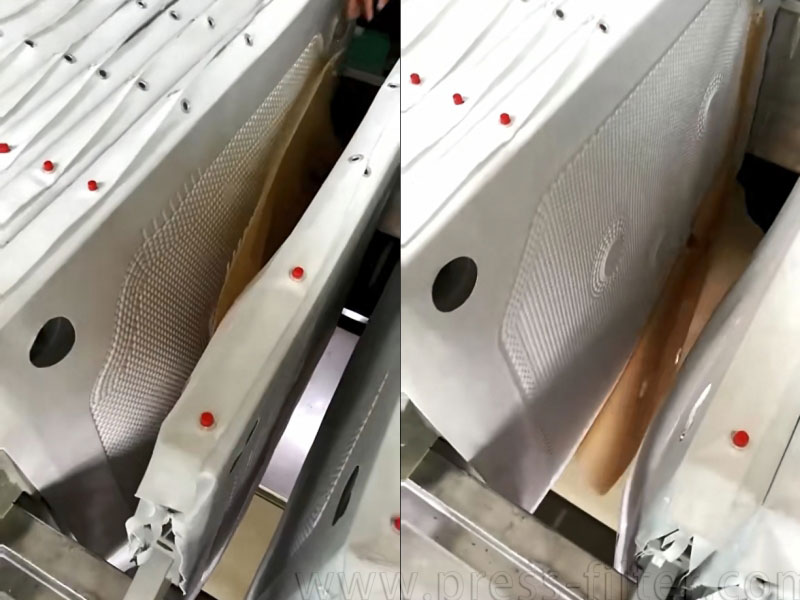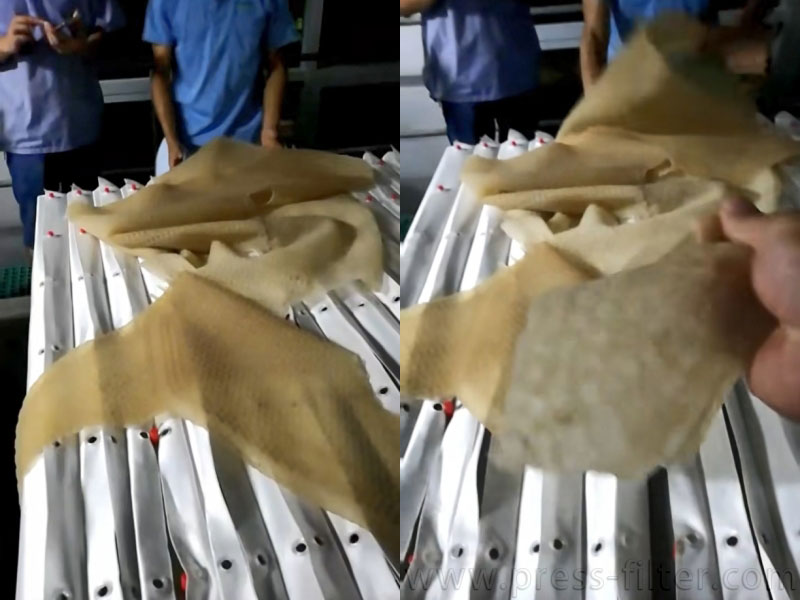Application of Diaphragm Filter Press in Edible Rubber Dehydration
In the food industry, edible gums such as agar, carrageenan, and konjac gum are widely used as thickeners, stabilizers, and gelling agents. However, in the production process of edible gums, the raw materials need to be dehydrated to reach a suitable moisture content and ensure subsequent processing quality and product stability. The diaphragm filter press plays an important role in the dehydration of these edible gums. The following will briefly describe its application in edible gum dehydration.
Purpose of Dehydrating Edible Gum
Improve product stability and quality
Edible gums (such as agar, carrageenan, and konjac gum) contain high moisture content and are prone to deterioration and microbial growth during storage or transportation. Dehydration can significantly reduce the moisture content, reduce the risk of deterioration, and improve product stability and shelf life.
Easy to process
The dehydrated edible gum is easier to crush, mix, or make into powder. This form of edible gum makes it easy to control the amount of addition and mixes more evenly with other ingredients, which is conducive to improving the efficiency of subsequent processing links.
Easy to store and transport
After the moisture content is reduced, the volume and weight of edible gum are significantly reduced, which is convenient for packaging, storage, and transportation, and reduces transportation costs. In addition, the storage space required for dehydrated edible gum is smaller, reducing storage costs.
Diaphragm Filter Press Application Process
Feeding: Edible gum solution or slurry is delivered to the diaphragm filter press through the feed pump to fill the filter chamber.
Preliminary filtration: Most of the liquid is separated by filtering through the filter cloth in the filter press, and the solid matter gradually settles on the filter cloth to form a filter cake.
Diaphragm pressing: After the filter cake is formed, the membrane filter plate begins to inflate with air or liquid, exerting additional pressure on the filter cake, thereby further reducing the moisture content in the filter cake. The pressure of diaphragm pressing can be flexibly adjusted to adapt to the characteristics of different edible gums and achieve the best dehydration effect.
Unloading filter cake: The dehydrated filter cake is discharged and enters the next step of the processing process.
Advantages of Membrane Filter Press
Higher dehydration efficiency
The membrane filter press uses membrane expansion to squeeze the filter cake, which can reduce the moisture content of the filter cake to a greater extent than ordinary filter presses, thereby significantly improving the dehydration effect. This is especially important for high-water-content materials such as edible glue, which can greatly shorten the subsequent drying time.
Shorten the filtration cycle
After the initial filtration, the diaphragm filter press can accelerate the dehydration process by pressing the membrane, shorten the time of each dehydration cycle, and significantly improve production efficiency. This is very advantageous for the continuous production of large quantities of edible gum.
Reduced energy consumption
Since the diaphragm filter press can pre-dehydrate more thoroughly, the energy required for subsequent drying is greatly reduced, thus reducing overall production costs. This energy-saving effect is particularly evident in the production of edible gum, which requires a large amount of drying.
Conclusion
The membrane filter press has shown significant advantages in the dehydration of edible gums (including agar, carrageenan, and konjac gum) due to its efficient dehydration capacity. Its application provides important support for the efficient production of edible gums in the food industry. With the growth of the market demand for edible gums, the application of membrane filter presses in this field will be further expanded, bringing more efficient and energy-saving production solutions to food additive manufacturers.





